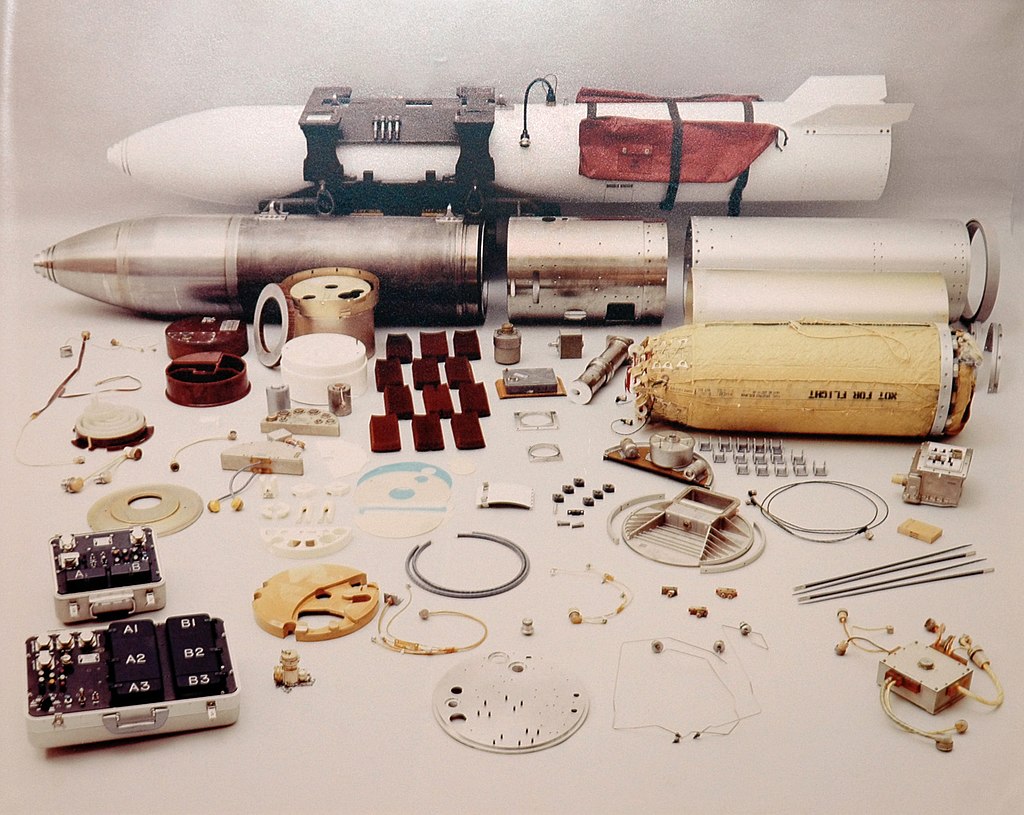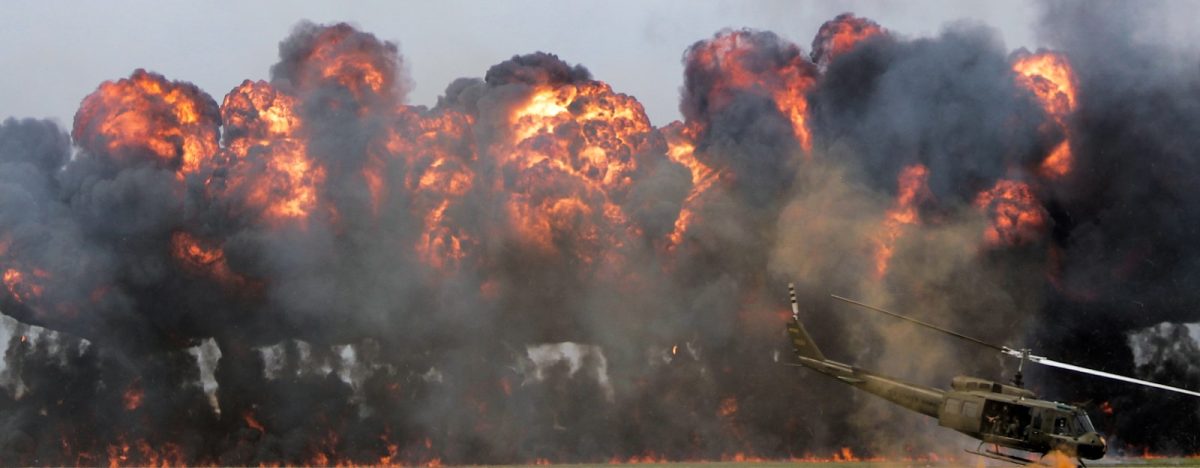The B83 is a variable-yield hydrogen thermonuclear bomb developed by the United States in the late 1970s that entered service in 1983. It was designed at Lawrence Livermore National Laboratory, and the first underground test detonation took place on December 15, 1984. With a maximum yield of 1.2 megatons of TNT, it has been the most powerful nuclear weapon in the United States nuclear arsenal since October 25, 2011 after retirement of the B53. The bomb has a variable yield, meaning that the amount of power is adjustable from somewhere in the low kiloton range up to a maximum of 1.2 megatons of TNT (5.0 PJ), some 80 times the explosive power of the bomb dropped on Hiroshima. The weapon is protected by a Category D Permissive Action Link (PAL) that prevents the enabling or detonation of the weapon without proper authorization from certain people using the two man rule which is to prevent any accidental or intended launch of that nuclear weapon.
Design:
The bomb is 12 feet (3.67 m) long, with a diameter of 18 inches. The actual nuclear explosive package, judging from published drawings, occupies some 3 or 4 feet in the forward part of the bomb case. The bomb weighs approximately 2,400 pounds (1,100 kg); the location of the lifting lugs shows that the greater part of the total mass is contained in the nuclear explosive.
Aircraft capable of and qualified for carrying the B-83:
A-4, A-6, A-7, AV-8B, F-4, F-15, F-16, F-18, and F-111.
RELATED STORIES:
https://www.heritage.org/military-strength/assessment-us-military-power/us-nuclear-weapons
https://premium.globalsecurity.org/wmd/systems/b83.htm
https://warriormaven.com/air/the-b-83-is-america-s-largest-nuclear-bomb-what-can-it-do
https://www.airandspaceforces.com/box110413gravity/
TAKE ACTION:






